Sashiko Pattern Musubikikkō
The traditional Japanese sashiko pattern musubikikkō 結び亀甲 means "linked tortoiseshells." | Sashiko pattern
The traditional Japanese sashiko pattern musubikikkō 結び亀甲 means "linked tortoiseshells." It belongs to the kikkōmonyō 亀甲紋様 "tortoiseshell patterns," which are also referred to as honeycomb or hexagon-shaped pattern.
This pattern belongs to the group of moyōzashi 模様刺し.
Meaning of the sashiko pattern musubikikkō
As the name suggests, it features hexagons that represent tortoiseshells. In the case of musubikikkō, the hexagons are connected by triangles that are formed by the prolonged lines of the hexagons extruding in one direction.
Like many traditional patterns, musubikikkō is a kisshōmonyō 吉祥文様 "lucky omen pattern." Kisshōmonyō patterns represent good luck and can often be found on kimonos worn at festivities or on gift wrappings for happy occasions. Each pattern has its own distinct meaning.
As tortoises and turtles represent long life in Japan, musubikikkō stands for a long life. That is why you can sometimes spot it on birthday present packaging.
Turtles also have their spot in Japanese tales. Here is an ukiyo-e from 1882 that shows Urashimatarō riding a turtle.
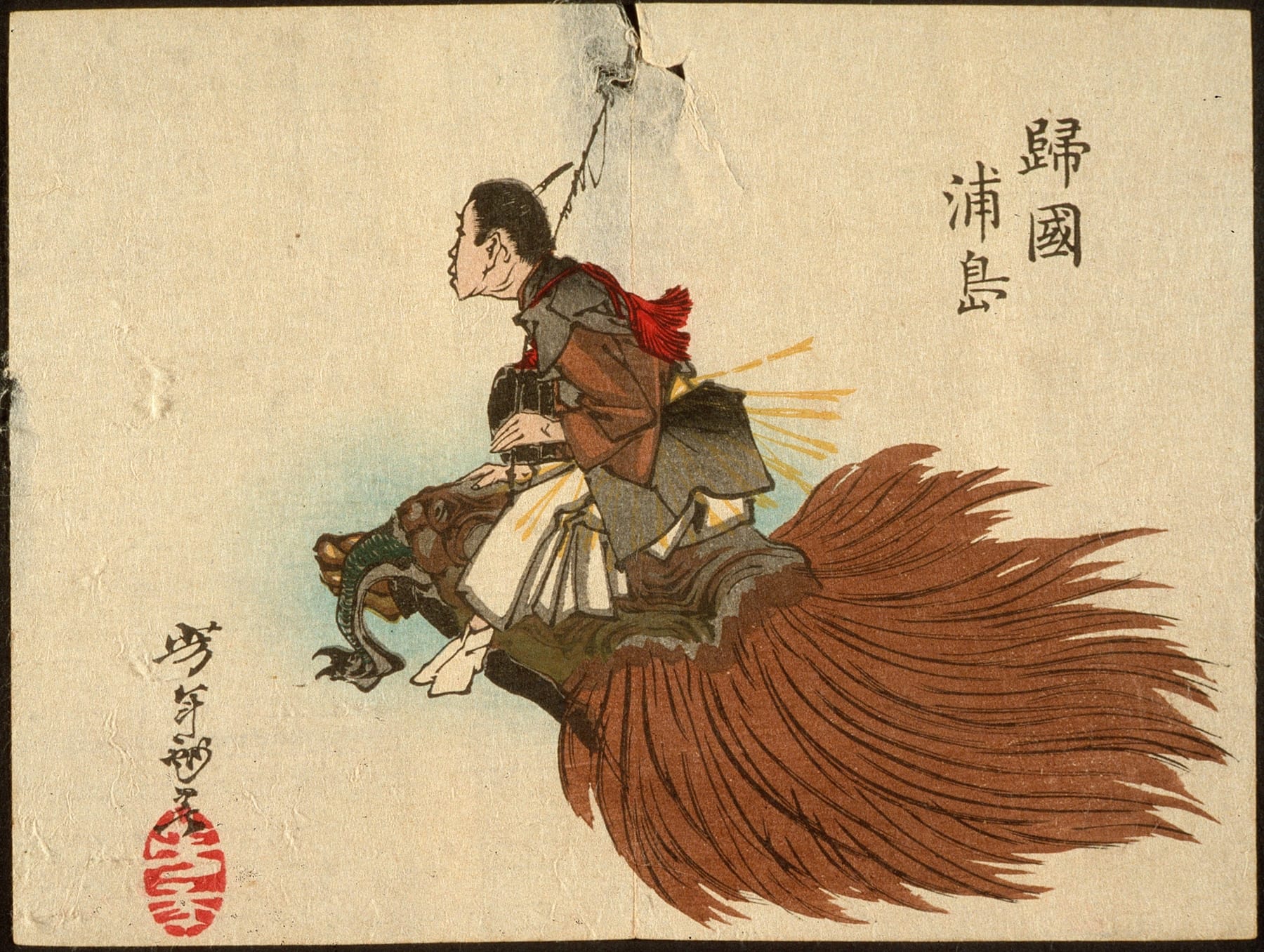
Musubikikkō sashiko stitching advice
The stitching order can be a little confusing. One side of the triangles is stitched consecutively, whereas the rest is stitched while turning the cloth.
But in the example above, the pattern is stitched in straight lines as you could probably guess by looking at the colors.
I've never seen a pre-printed sampler with this pattern, so you won't get around drawing the stitching guidelines yourself. I use FriXion pens to draw the marks. I noticed that they are often sold out, but maybe you get lucky?
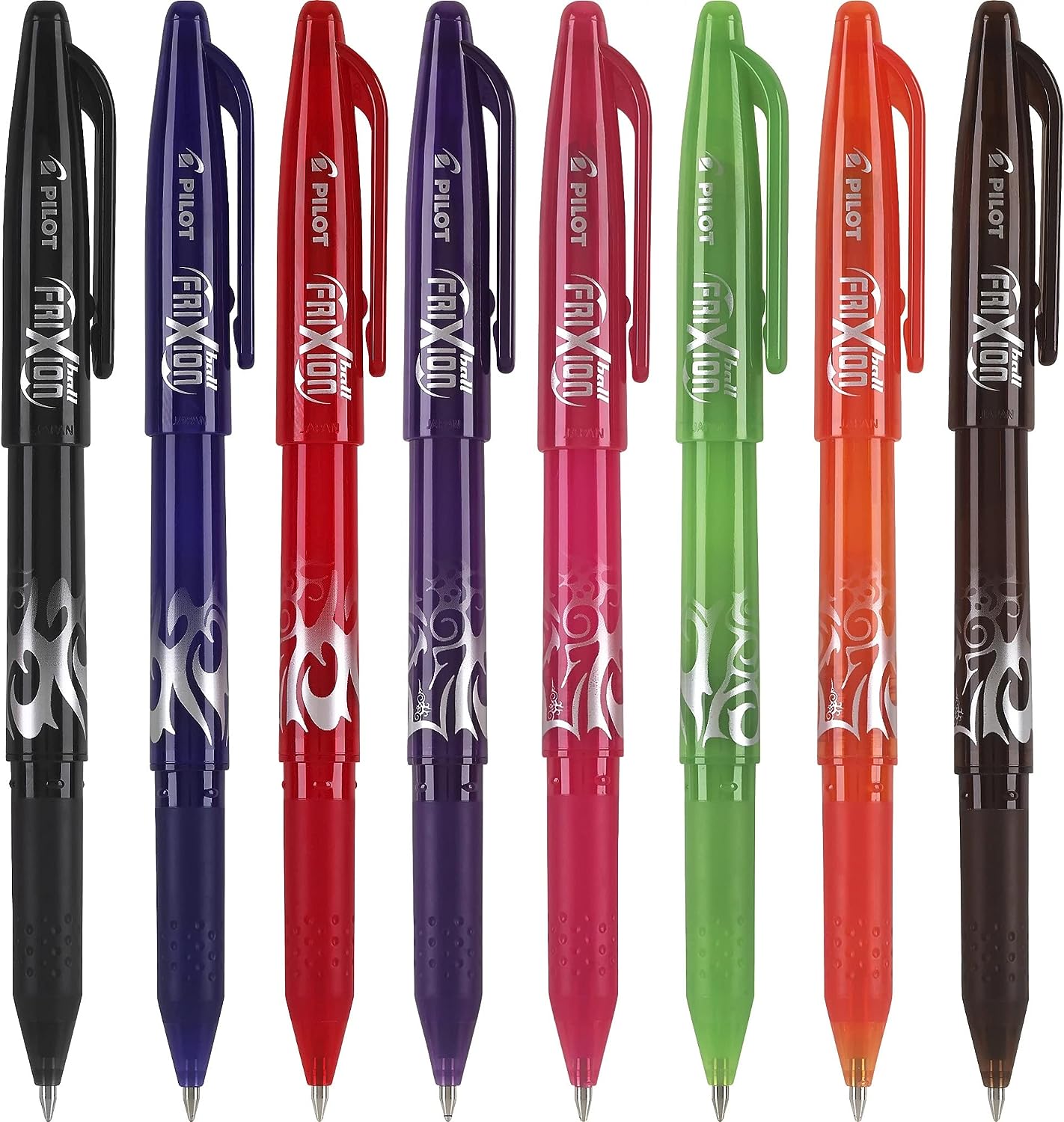
Heat-erasable pens
Unless you use a very dark-colored fabric, these pens are great to get your sashiko pattern onto your fabric. Very fine lines that can be erased instantly with an iron if you've messed up.
Leave a comment if you are interested in detailed instructions and I will upload more information as soon as possible.


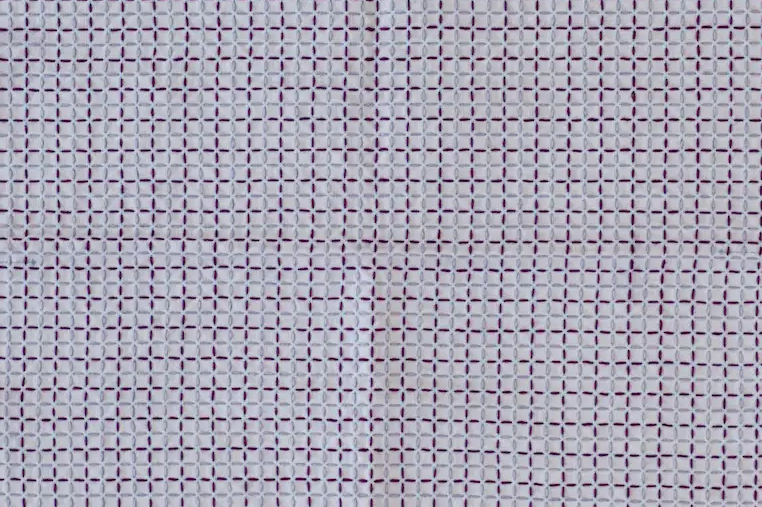
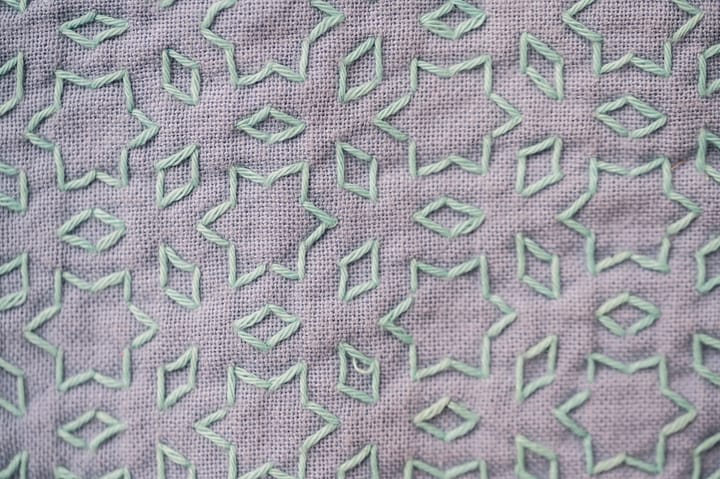
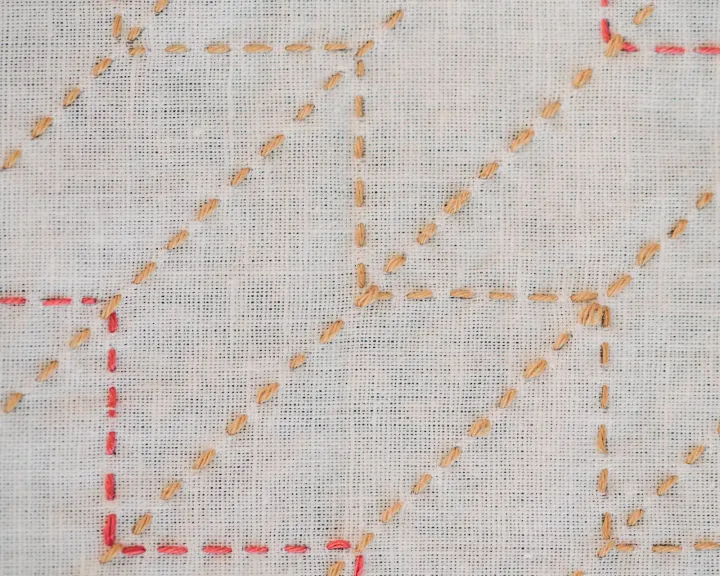
Comments ()